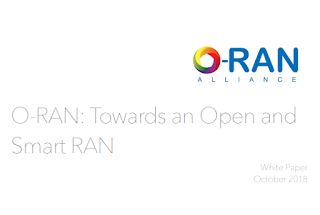Orange has chosen TOTEM as the name of its European tower company.
TOTEM will be run by a fully independent and dedicated management team that will be appointed in the first half of this year with a view to launching operations by the end of the year.
Highlights
- At the outset, TOTEM's portfolio of towers will consist of around 25.5 thousand sites in France and Spain, the two largest countries where Orange is present. Beyond France and Spain, the Orange Group will explore the possibility of integrating other passive mobile infrastructure assets from within Orange’s European footprint that could create value for the TowerCo.
- In France, TOTEM will operate around 17,000 macro sites with an attractive mix of approximately 55% towers and 45% rooftops. Given the strong co-location demand, which has been constant for several years, and the high proportion of towers in the portfolio, there is clear potential to increase co-location rates.
- In Spain, the TowerCo will operate around 8,000 macro sites, split equally between towers and rooftops. The Spanish operations will benefit from the network-sharing agreement between Orange and Vodafone, guaranteeing the future stability of the hosting activity.
- Based on the scope of sites and the terms of the Master Service Agreement (MSA), in 2020 the TowerCo’s revenues would have exceeded 500 million euros with EBITDAaL of close to 300 million euros, approximately two thirds of which would have been generated in France. This represents a margin of about 57%, including maintenance costs of about 5% of the TowerCo’s revenues.
- The framework agreement provides for an initial 15-year contract with Orange with a tacit renewal of 2 x 10 years providing long-term revenue visibility for TOTEM with its main customer, Orange. The renewal would necessarily cover the entire portfolio of sites. Rent applicable to Orange would conform to market practice, indexed to inflation with no cap and a floor of 0%. Finally, the number of strategic sites will be limited and will be less than 5% of the existing French portfolio of sites.
“Passive mobile infrastructure is a core asset for Orange, benefitting from exceptional operational expertise in the areas of deployment, hosting and maintenance. We are determined to keep these strategic assets within the scope of the Group. They represent a long-term industrial view and are an essential asset in guaranteeing Orange’s independence as well as its ability to foster sustainable economic performance.















